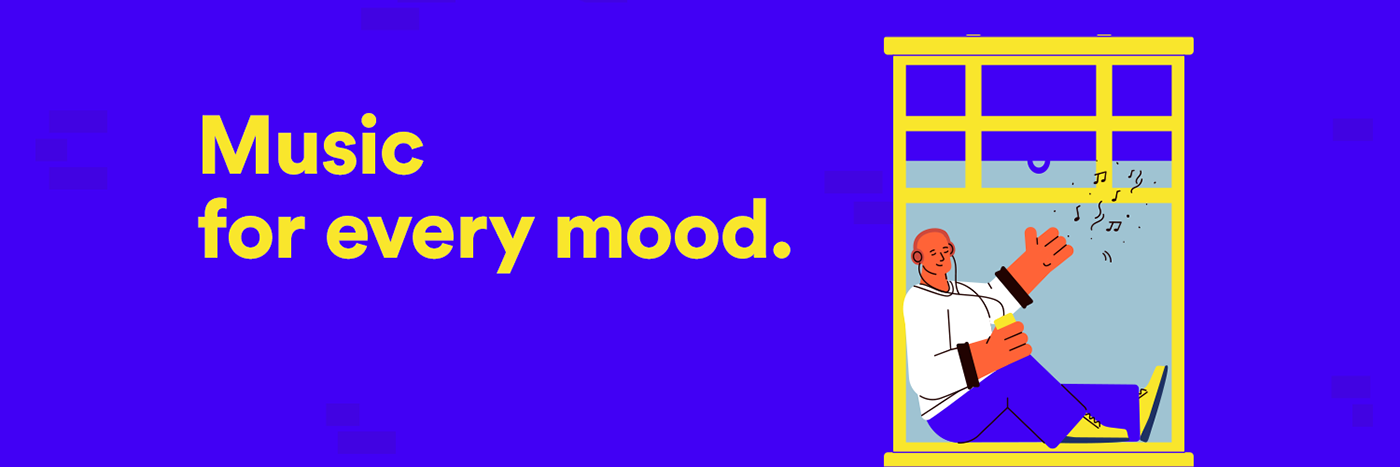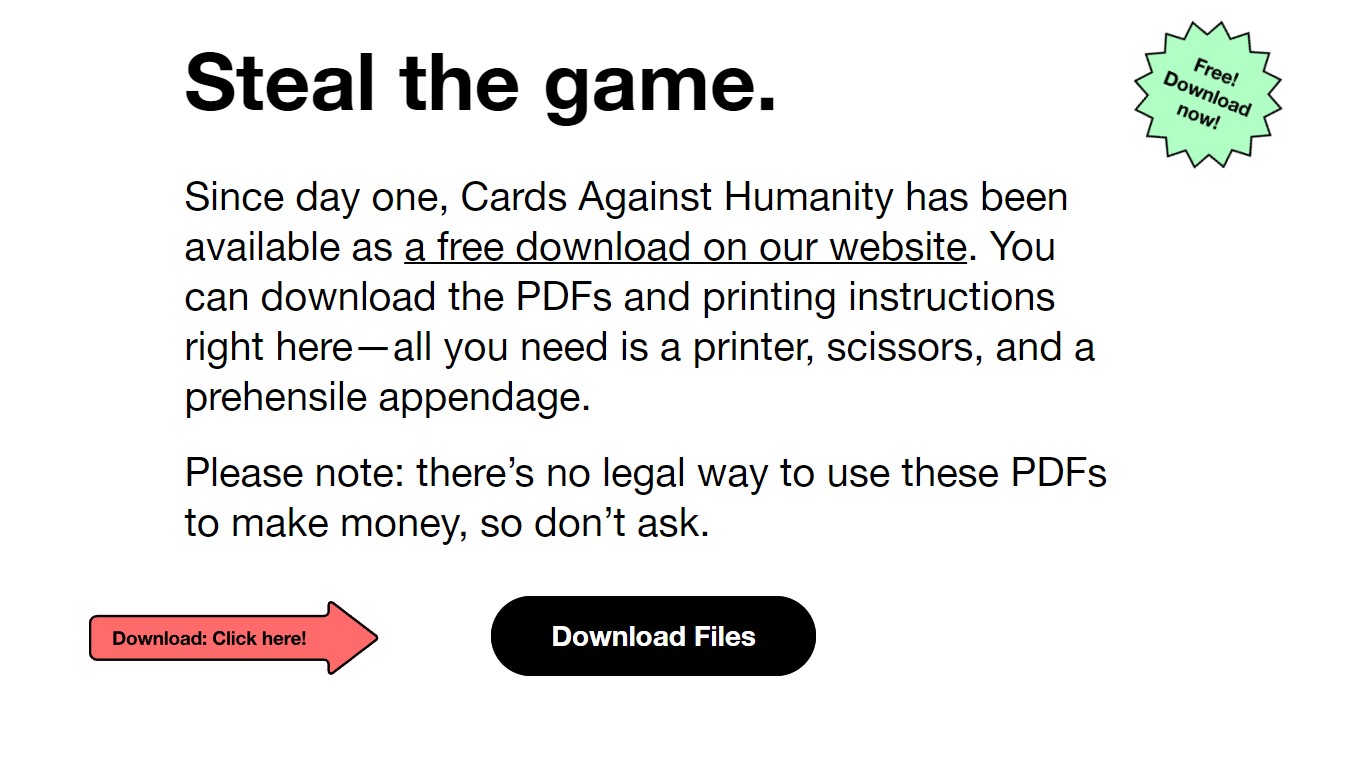Build Your Own Marketing Messages | Top Messaging Examples
Brand messaging is everywhere. From TV commercials to social media marketing, brands are always trying to connect with their target market. And while these key messages are often short and sweet, they still manage to pack a powerful punch — or, at least, the effective ones do.
What is a marketing message, how can you create one that results in better lead generation and what should you avoid in the process? Let’s look into it.
Why Is a Powerful Marketing Message So Important?
First things first: What exactly is a marketing message? Unlike your standard-fare promotional message (which can refer to any old promo), a marketing message is your brand’s way of telling your target audience what your organization is and why they should do business with you.
Essentially, you can think of your brand messaging as an opportunity to briefly and quickly influence a consumer’s purchasing decision — like an elevator pitch but for your brand as opposed to a specific product.
There are two keywords in this definition: briefly and quickly.
Your marketing message is not a 30-minute infomercial reviewing your company’s history and all of its extensive capabilities — it’s one sentence. Yes, you read that right: A marketing message is only one sentence.
And, it’s not a long-winded, run-on sentence, either; it’s a clear and concise phrase that informs and convinces your target market why they should choose your product or service (with “your” being the operative word here; as opposed to “product or service”). Most importantly, it delivers a brand promise to potential customers, which makes it different from a tagline.
With that in mind, your marketing message is one of your most powerful advertising tools. It’s your chance to:
Grab the attention of a potential customer.
Relay how you will solve their problem.
Explain why they can trust your company.
The takeaway: A good marketing message does a lot in a short amount of time. It’s a powerful tool that you can use as part of a brand awareness campaign or overarching marketing strategy to improve lead generation, boost sales, convey your brand story and keep your business growing.
Subscribe to
The Content Marketer
Get weekly insights, advice and opinions about all things digital marketing.
Thanks for subscribing! Keep an eye out for a Welcome email from us shortly. If you don’t see it come through, check your spam folder and mark the email as “not spam.”
7 of Our Favorite Marketing Message Examples
So now that you know what a marketing message is, here are a few examples of real-life ones to inspire your brand:
Ulta Made Buying Cosmetics Beautiful Again

The message: “The possibilities are beautiful.”
Why we love it: Creating a marketing message when you specialize in beauty supplies is challenging. How do you tell your target audience that they need your products without making them feel self-conscious? With this carefully structured message, Ulta acknowledges that there are many beauty products to choose from and even more ways to be beautiful but that all choices (and customers!) are equally beautiful.
Spotify Appealed to the Masses

The message: “Music for every mood.”
Why we love it: Spotify had its hands full creating a marketing message because its target audience is pretty much the entire world of music lovers. But, the brand came up with a four-word sentence explaining that no matter what genre we’re into, Spotify’s got things covered.
Cards Against Humanity Gets Bold

The message: “Steal the game.”
Why we love it: On brand for a company that sells an outlandish and often dirty-minded card game, the makers of Cards Against Humanity encourage website visitors to “steal” their game. Of course, you’re not actually stealing it, but it’s a fun and funny way to let your audience know that, if they cannot or do not want to buy it, they can edit PDF online and print off a PDF version for free.
Wayfair Says You Can Have Nice Things
The message: “You can have nice things.”
Why we love it: This one is a bit more subtle — I mean, aside from the fact that Kelly Clarkson actually says this in the ad. As part of a recent marketing effort, Wayfair enticed potential customers with a message that encourages viewers to treat themselves — perhaps even more subtly, that they have permission to treat themselves. “You can have nice things” is short, sweet and to the point — and true! You can have nice things. Thanks, Kelly.
TikTok Acknowledged Its Resourcefulness
The message: “Search it, learn it, do it with TikTok.”
Why we love it: TikTok is popular. There’s no doubt about that. With more than 834 million monthly active users on the platform, there’s bound to be a diverse range of content. From viral dances and challenges to DIYs and life hacks, you can watch pretty much anything you want. In one of its recent ads, the short-form video giant flashes a quick marketing message at the end, informing viewers just how practical the platform can be. In eight words, TikTok communicates that if there’s something you want to learn how to do, you can find a video on the platform that will teach you. Just like a concise promotional text message, it communicates a lot in a few words.
Nike Asks, “What the… Football?”
The message: What the football.
Why we love it: Perhaps on the more nuanced end of the marketing message spectrum, Nike’s advertising catches the public eye once again. Beyond the play on words and the video’s use of novel visuals, the video and its messaging do an excellent job of tying together the brand’s role as a leading provider of sports gear, apparel and sponsorship with a highlight on women’s football — further uplifted by its comedic touch! This makes for a compelling marketing message that stands out from the crowd.
Adobe Acrobat Lets You Know They’ve Got It
The message: Adobe’s got it.
Why we love it: Whether you’re as enthusiastic about the digital era as the video’s protagonist, there’s no denying the timeliness of this ad’s messaging given the widespread move toward a more digital workspace. And with more and more businesses placing manual systems in the past, Adobe — through this upbeat, comedic, yet persuasive ad — has let us know they’ve got the transition covered.
You can’t keep marketing messages for yourself, spreading the message through messaging platforms is the best way to get engagement from your audiences. However, doing it manually could take more effort and time, hence, incorporating automation tools can ensure timely and consistent messages. Kommo’s automated message exemplifies how technology could streamline your marketing effort. Its features in responding to the audience automatically will make communication smoother and hassle-free. Making it easier to maintain a stronger connection with your audience.
How To Build (and Nurture) Your Marketing Message

Now that you’ve seen the role promotional messages play in your marketing campaign — and a few examples of highly effective ones — let’s review how to create a marketing message that’s clear, concise and resonates with your target audience.
Step 1: Make Your Target Market the Central Focus
Before writing a marketing message, you should know your target audience. Here are some examples of questions you can ask to understand your target demographic better:
- What problems are your target audience currently facing?
- How does your ideal consumer make purchase decisions?
- What type of tone or language does your target market use?
The better you understand your target demographic, the easier it’ll be to create a message that captures their attention, appeals to their emotions and convinces them to learn more about your company. It can be difficult to craft compelling marketing messages; fortunately, ChatGPT 4 and other AI copywriting tools have made it much easier with the ideation process.
Step 2: Allude to the Solution You Provide
Your message should convey that your business can resolve your target audience’s problem. But remember — since your message is only one crisp sentence, you might not always have the bandwidth to explicitly state the problem. Instead, you can allude to the problem, which your target audience may already be aware of so that you keep the message concise and ensure you hold your target audience’s attention.
Step 3: Keep It Simple
Keep things simple to avoid creating a bad company message. Overly complex messages won’t be remembered — but short and sweet ones will. Case in point: “Just do it” by Nike is one of the most influential and recognized marketing messages globally. Why? It’s three words that are straight to the point, easy to remember and directly tied to the brand’s ethos.
Step 4: Differentiate When Possible
When explaining how your product or service solves your target audience’s problem, try including what differentiates your business from competitors. For example, Walmart offers similar products to Target and other big-box stores. But, its differentiator is that it provides these products at a cheaper price, which Walmart includes in its message: “Save money, live better.”
When including a differentiator, don’t waste space in your message by repeating something your loyal customer base already knows. A prime example is a grocery store claiming it offers a variety of products — which most grocery stores do. Instead, the store should mention how it features international brands or provides fresh deli meats daily, as these are things that not every supermarket can provide.
Step 5: Avoid Jargon
A marketing message, at least the kind we’re talking about here, should be punchy. Marketers are all too familiar with industry jargon and the types of businesses that seem to be obsessed with using it. However, your target audience may not always understand what you’re trying to say when you use terminology that they’re not familiar with.
More than that, complex or unclear words don’t really have a place in marketing. Therefore, it’s better to paraphrase difficult wording into simpler terms either manually or through a word rephraser. Our goal is to resonate with customers and, hopefully, make our message as memorable as possible. These become more difficult to achieve when your marketing campaign is riddled with jargon.
Step 6: Add Humor (If Appropriate)
Like the Cards Against Humanity example we shared, using humor as part of your messaging or marketing effort is a fan favorite. It makes sense for that brand to use jarring humor because their game is meant to be funny and edgy.
That said, take this step with a grain of salt. Understand your target audience thoroughly and only when you know using humor makes sense for your brand image and content marketing plan, have at it!
Ready To Build a Powerful Marketing Message?
With so many best practices to be mindful of, developing a strong marketing message can seem overwhelming. But by focusing on your target audience and keeping your message short and sweet, it’s possible to generate quality leads. If you’re feeling stuck, use the steps and inspiration above to guide you through the creation process.
There are a million different ways to create a marketing message. And just because you already have one doesn’t mean you can’t edit it as your business and customer base evolve.
Editor’s Note: Updated April 2025.

Post Comment